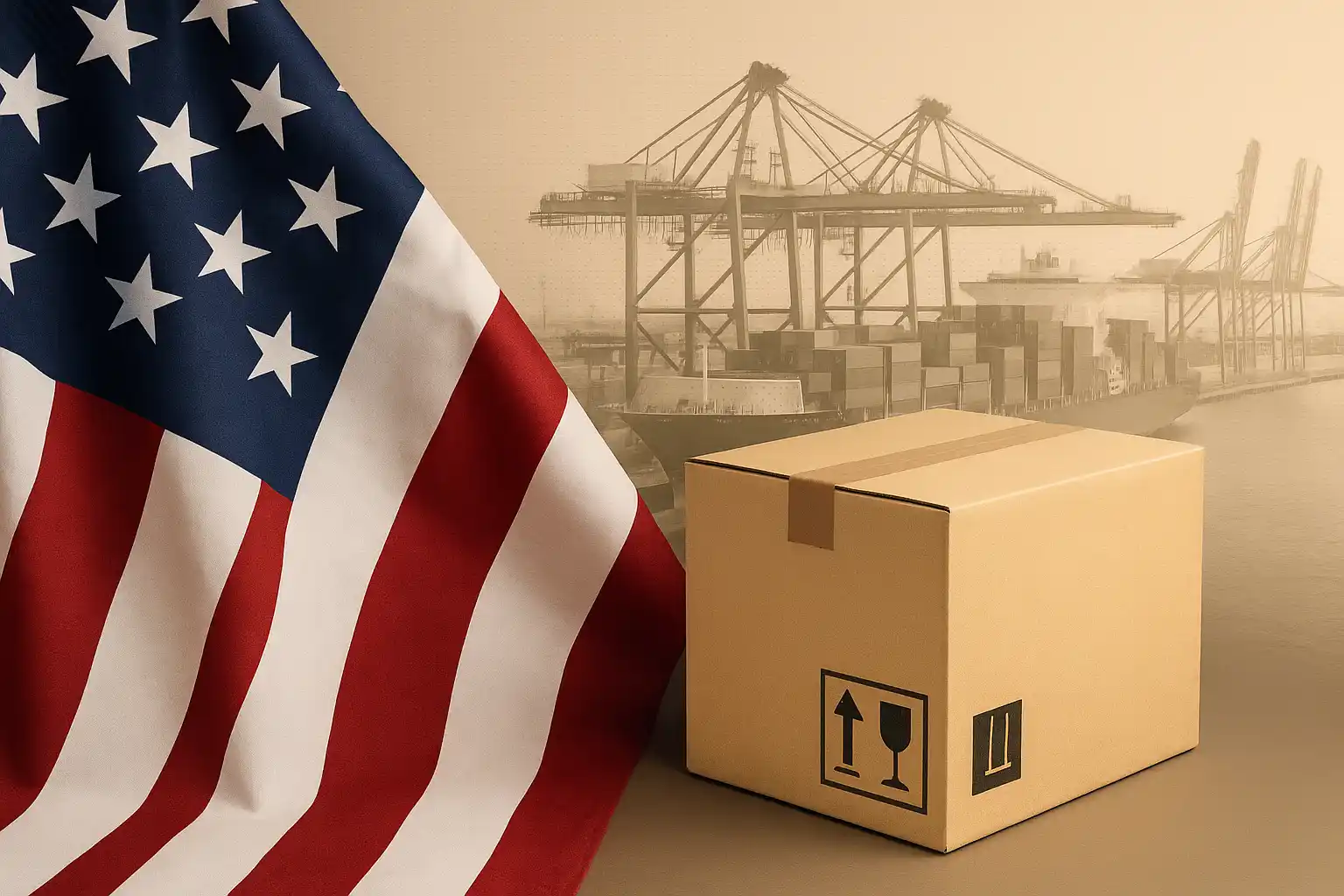Suppose you are in the early stages of getting your business up and going. In that case, you already know the struggles and complexity of international e-commerce. Even if you expand your services due to customer demands, you might notice that only some customers browsing your products complete their payment and checkout.
This may be due to the exuberant shipping and handling charges added during checkout. Thus, if you are expanding your reach internationally and entering into the world of international e-commerce, this blog would be your guide to tackle many of the pressing issues that come your way. Let's start with the following:
Challenges that International or Global E-commerce Faces Currently and How to Face them Head-on at an Early Stage:
1. Finding the right product for the overseas market
If you plan to expand, consider the impact your product can make in a new market. Almost all beginner e-commerce business owners are posed with three questions when they step into a new market. Will it be useful for the customers? Will it be an appropriate fit for the market? How are you going to market it to the overseas audience?
2. Managing the website and social media to serve the new market
When your reach transcends the boundaries, the same should be reflected in your website and social media pages. You can redirect the customers to the local domain to provide more personalized assistance in the local language/dialect.
Further, you can start a different social media page that follows the trends in that particular region. Or, if that's expensive, keep your social media pages neutral and don't post any region-specific posts.
3. Navigating the local laws and restrictions
This can be one of the most difficult challenges. When you expand your reach, you need to be aware of the laws and regulations in place. Government restrictions, additional import taxes, etc., might drain your time and profit.
Thus, it's best to consult an expert at the beginning to understand the tax and logistics laws and regulations to stay clear of any troubles or hurdles in the future. Do this before you plan to expand.
4. Providing localized customer service in that particular language/dialect
If you are selling your products, you will indeed have to answer customer concerns and support them through their purchase and use journey. When it's a different country, the language barrier creeps in.
The best solution would be to hire someone to handle the customer queries and support them locally. But this might not be a feasible solution if you are a small business. Therefore, try to come up with a complete manual and product description such that it provides clarity.
How to Conduct Market Research for International E-commerce Expansion
It's crucial to conduct apt research to ensure that the market is the right fit for your company and the products. If not, a wrong expansion move can save you time, money, and effort.
Evaluate what's happening in the current market and whether your product or business has a strong competitor.
If yes, what's your Unique Selling Proposition (USP) that makes your products superior to theirs?
You can also customize your products and omit some to ensure that the product catalog fits the new market and audience.
What Level of Service are You Planning to Provide?
Work up the details of your expansion strategy. If you only provide international shipping, then make sure the customers can quickly checkout using the local payment options. International e-commerce transactions can get tricky; thus, you need to provide several options to ensure that the customers don't abandon their cart at the last moment.
Further, find ways to reduce international shipping charges if you want a high cart checkout rate. You can also provide attractive offers or free delivery for the first few orders to help the customers get the hang of your products.
On the other hand, if you are planning to start a warehouse in the place and go full head-on with the expansion plan, then the challenges mentioned above come into place. Further, you will have to modify the products so that it adheres to the local regulations and contains relevant labels on them. You might even have to provide proper customer service support to ensure that the customers receive the proper product benefit and that your product finds a base in the new foreign market.
We hope this guide provides you with a simple overview of the global e-commerce expansion and what you can expect during its initial years.
Good Luck!
â€

.webp)



